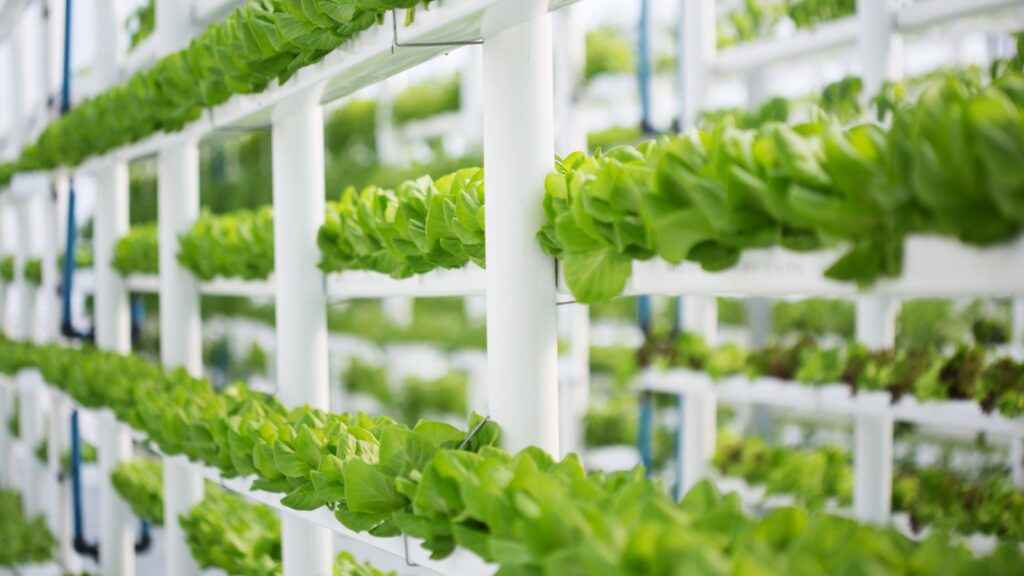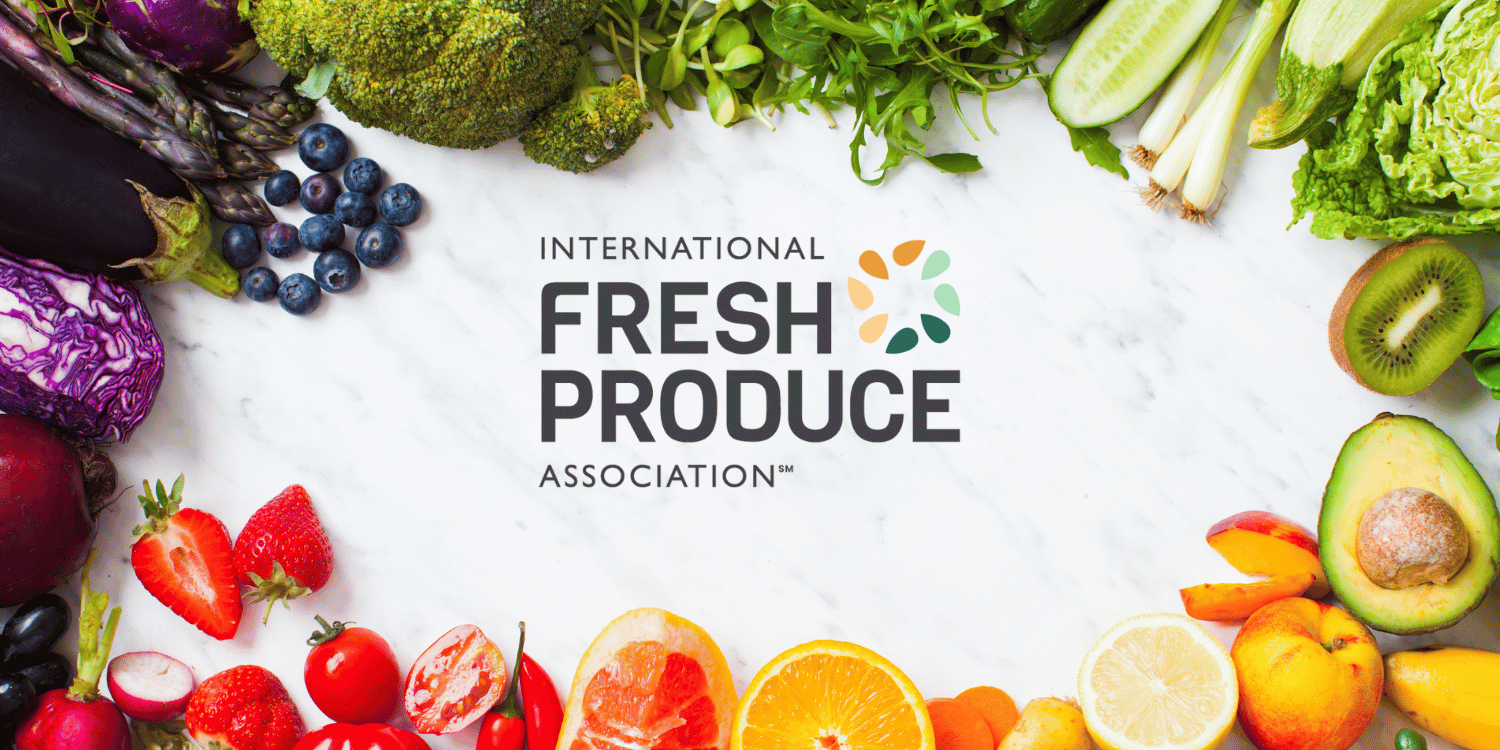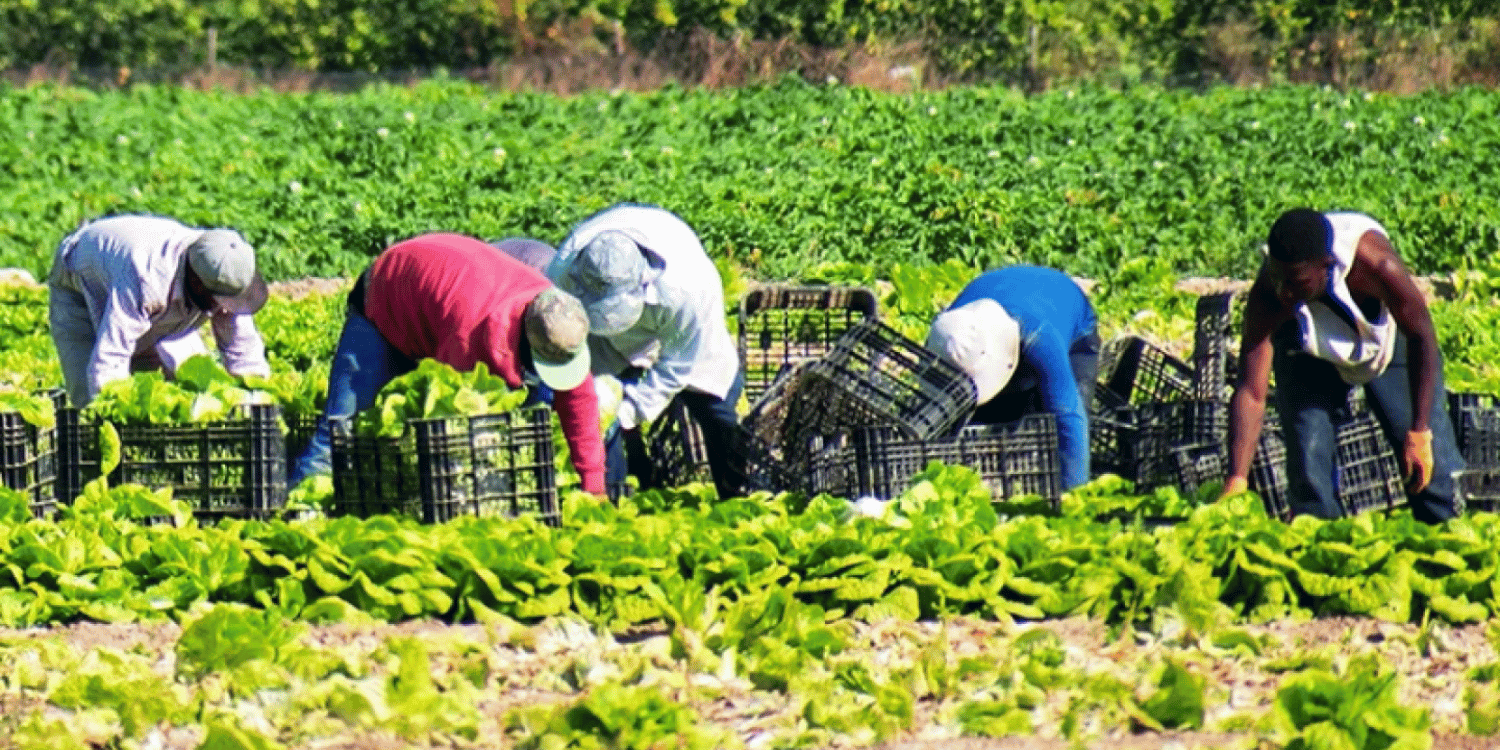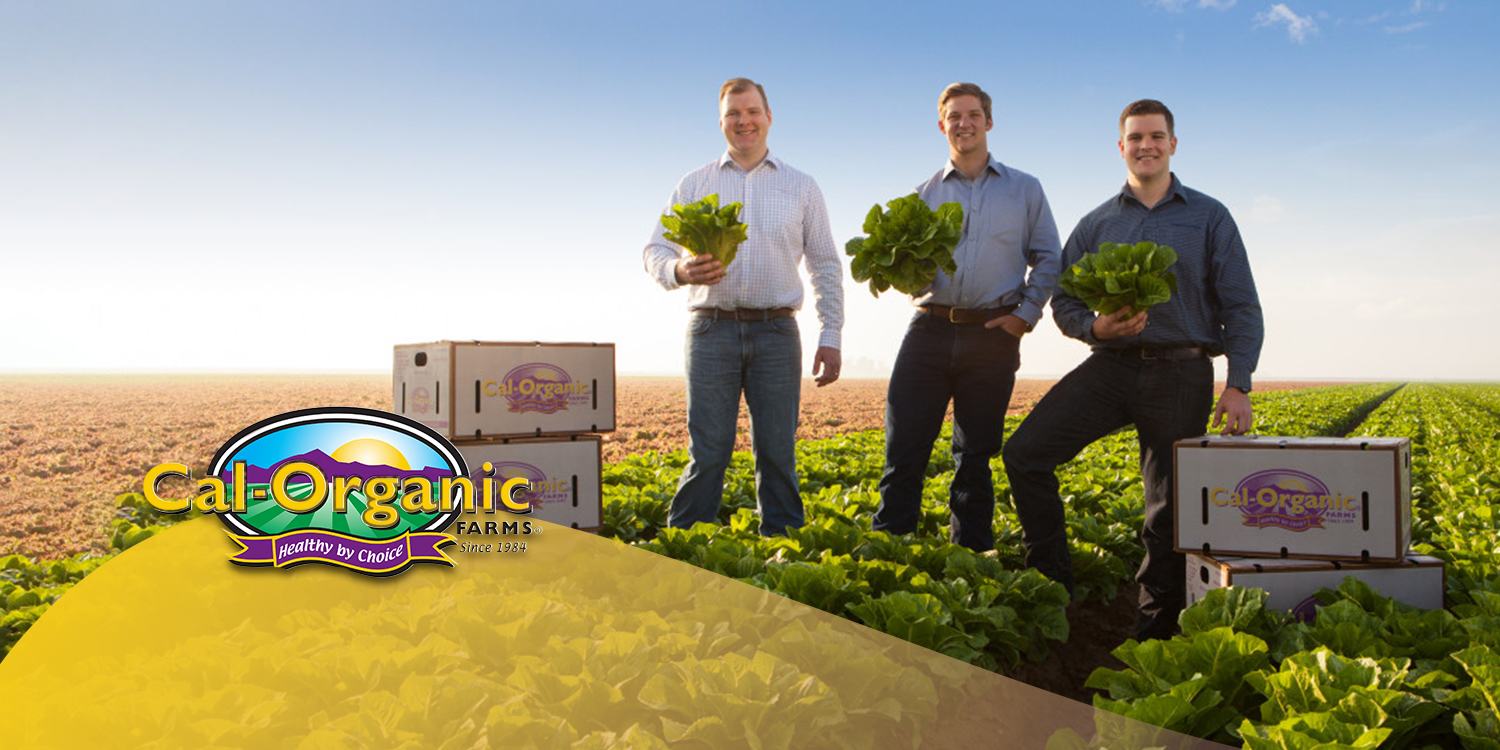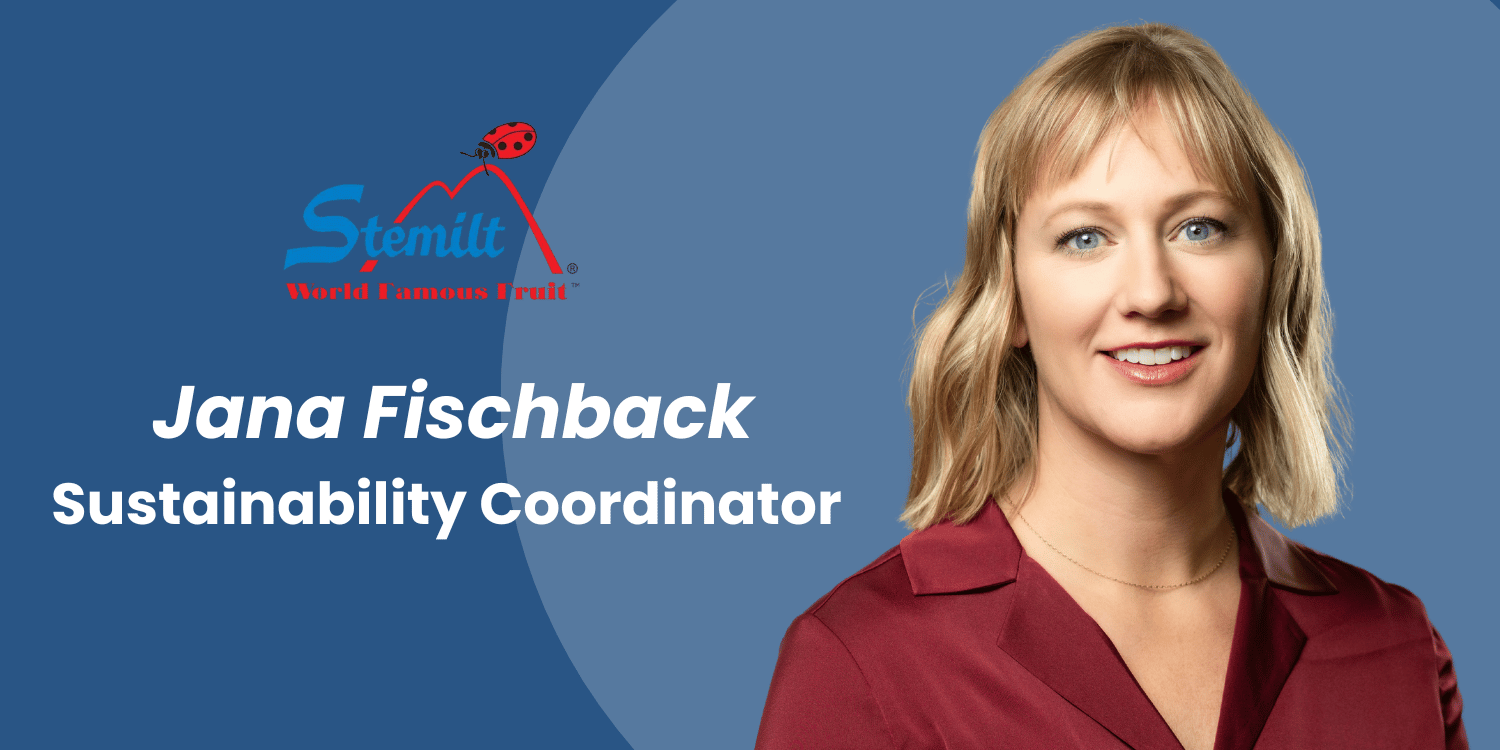Incorporating vertical farming techniques into urban environments addresses the issues of limited space and the need for sustainable food production.
Vertical farms can make use of multi-story buildings to grow a variety of crops, thereby maximizing the use of available space.
They also reduce the dependency on weather conditions, making farming possible all year round.
Furthermore, these setups can utilize innovative technologies such as hydroponics and aeroponics for water-efficient cultivation.
Vertical farms can substantially lower the carbon footprint associated with food transportation by providing locally sourced produce.
The integration of vertical farming techniques into urban environments can thus contribute significantly towards achieving urban sustainability and food security.
- Vertical farming offers sustainable agricultural techniques through efficient space utilization.
- Hydroponics and Aeroponics play vital roles in vertical farming methods.
- Vertical farming minimizes seasonal variations and ensures food security.
- Vertical farms significantly reduce carbon footprint and bolster urban sustainability.
- Governmental policies are crucial in supporting agricultural transformations like vertical farming.
Still, this is not all there is to vertical farming.
Vertical farming extends far beyond the concepts of hydroponics and aeroponics, and its potential to revolutionize urban agriculture is profound. The following sections of the article will explore numerous pertinent topics such as energy requirements, infrastructure, and financial implications associated with vertical farming.
In particular, we’ll examine the complexities, advantages and the real-world application of vertical farming. There are many enlightening aspects yet to unfold, so stay tuned to acquire a more comprehensive understanding of incorporating vertical farming techniques into urban environments.
Contents
- What is Vertical Farming?
- Benefits of Vertical Farming
- Vertical Farming Techniques
- Role of Hydroponics in Vertical Farming
- Role of Aeroponics in Vertical Farming
- Vertical Farming and Seasonal Variations
- Space Utilization in Vertical Farming
- Vertical Farms and Carbon Footprint
- Vertical Farming in Urban Sustainability
- Food Security and Vertical Farming
- The Bottom Line
What is Vertical Farming?
In Short: Vertical farming is an innovative agricultural approach that grows crops in vertically stacked layers inside buildings, utilizing hydroponics and aeroponics, and significantly reducing the need for land and water. Despite substantial initial investments and limitations on crop variety, vertical farming’s sustainable and controlled cultivation methods offer a promising solution for reducing carbon emissions and addressing the global food crisis.
Considered a revolutionary solution to the food crisis, vertical farming is a modern approach to agriculture. Implementing this practice involves growing crops in vertically stacked layers inside a building or skyscraper.
The concept of vertical farming is based on hydroponics and aeroponics, technologies that allow plants to grow without soil. This method eliminates the need for expansive farmland and encourages sustainable urban agriculture.
Perhaps you are wondering, ‘What drives the adoption of vertical farming‘? Critical factors include urban space constraints and increasing pressure on land and water resources.
Vertical farming employs a controlled environment that maximizes the use of available space. It doesn’t rely on unpredictable weather conditions and uses significantly less water than traditional farming methods. Isn’t that a considerable step towards sustainable agriculture?
By replicating the perfect conditions for plant growth, vertical farms can produce crops year-round. Imagine harvesting your favorite vegetables regardless of the season. The ability to produce fresh food within cities reduces ‘food miles,’ thus reducing carbon emissions.
Now, let’s dig in into the specific components that make vertical farming work.
Just before presenting the list, it’s important to note that each one is fundamental for the successful operation of a vertical farm. These are components that support seamless growth and optimize the crop yield.
- The Integrated Building Management systems control the indoor climate within the vertical farm.
- LED grow lights, tailored to the needs of the plants, stimulate photosynthesis.
- Sensor-driven irrigation systems recycle and reduce water usage.
- Farm robotics and AI assist in tasks like seeding, transplanting and harvesting crops, thereby increasing efficiency.
Vertical farms come in various sizes, from small installations in restaurants or grocery stores to large-scale industrial facilities. Despite the variations, the core concept remains the same – maximize produce yield in minimal space.
You might be thinking, ‘Is it all rosy for vertical farming‘? Like any other innovation, vertical farming has its share of challenges. For instance, it requires a significant initial investment, and not all crops are suitable for vertical growth.
However, with technological advancements, the potential for vertical farming is getting better day by day. It wouldn’t be wrong to say that the future of vertical farming looks promising, don’t you agree?
Overall, vertical farming is a groundbreaking solution aimed to meet the increasing demand for food in urban areas. Despite the challenges, it offers a sustainable alternative to traditional agriculture — a step closer to solving the global food crisis.
Benefits of Vertical Farming
In Short: Vertical farming is a revolutionary agricultural approach providing benefits like high crop yields, year-round farming, and water conservation through hydroponics. Moreover, it reduces transportation costs, need for harmful pesticides, and CO2 emissions, underscoring its potential as the future of sustainable farming.
Vertical farming undoubtedly represents a revolutionary approach to agriculture, offering a broad range of benefits. Phones and laptops have taken us to a place where multitask is a normal day—but what about our crops?
A major advantage of vertical farming is high crop yield. Does it feel like we need more land to feed the world? Well, vertical farming allows us to grow our crops upwards, with each level serving as another productive field.
Imagine a multistoried building, but instead of offices or apartments, every floor is a fertile field. It’s quite friendlier compared to the traditional extensive agriculture.
Also, vertical farms can work throughout the year. No need to wait for favourable weather conditions. One can cultivate crops at any time of the year, how about that for a economical effectiveness?
Another benefit is that it’s saving us plenty of water. Yes, water—something as crucial as the oxygen to us. Consider it as responsible farming. Why? Vertical farms utilize hydroponics.
Let me tell you, what does it involve? Essentially, it’s growing plants in water without using soil. Seriously, no soil—a modern witchcraft for the traditionalist farmer.
More importantly, hydroponics cuts down the water usage by about 70%. That’s a huge saving, considering the escalating global water crisis. It’s pretty reasonable to say we are growing more than just plants here, don’t you think?
Before discussing further, let’s quickly highlight those benefits to help you digest them:
- High crop yield – No matter how small the space, one can achieve an impressive yield through vertical farming.
- Year-round farming – Seasonal variations pose no hurdle, making production constant and predictable.
- Water conservation – With around 70% less water usage, we can do our bit to save this precious resource.
Far from the list ending here. Surprise—a bit of cleanliness. By adopting vertical farming, we can control pests in an environmentally friendly way. How so?
Vertical farms don’t require the use of harmful chemicals to protect plants. They can easily be sealed off from the outdoors. Pests don’t stand a chance!
In addition, vertical farms reduce transportation costs. It fits right into the urban environment. Maybe someone’s flat in the city is home to a future farm.
This close proximity to consumers reduces transportation distances. Thinks of it as your local fresh market but inside a building. Lower transportation costs imply lesser fossil fuel burning, further taking down release of CO2—another notch on the environmental sustainability belt.
To wrap it up, vertical farming truly disrupts traditional farming practices—it makes efficient use of space, conserves water, cuts down transportation costs, and reduces the use of harmful pesticides. Now, doesn’t vertical farming sound like the future of agriculture?
Vertical Farming Techniques
In Short: Vertical farming techniques, such as hydroponics, aeroponics, and aquaponics, utilize tall structures in urban environments with their own irrigation, fertilization systems, and artificial lighting. These innovative methods significantly reduce water usage by 70%-95% and enable constant, year-round production, but call for efforts to cut down high energy consumption.
When delving into a subject as broad and complex as vertical farming, where do we truly start? We can all agree that the concept itself is an innovative solution, is it not?
How does it come into play in urban environments? This strategy utilizes tall structures, like skyscrapers, layered with vegetation. But how exactly are these designed?
Initially, these architectural behemoths are equipped with their own irrigation and fertilization systems. Here, water and nutrients are delivered directly to the roots. Quite efficient, wouldn’t you agree?
The second aspect that needs considering has much to do with natural light. Every plant requires sunlight, right?
In order to provide light to all levels of these towering farms, solar panels are frequently employed. But what about indoor farming techniques?
Artificial lighting sources are often required. Primarily, these are LED lights that have been specifically set to mimic the sun’s rays. Ingenious, don’t you think?
Now, let’s brace ourselves to check out a list of vertical farming techniques widely in use today.
- Hydroponics: This method allows plants to grow directly in nutrient-rich water. It’s a soil-free method, right?
- Aeroponics: Plants grow in an air environment, and the required nutrients are delivered via mist. Doesn’t it sound futuristic?
- Aquaponics: This is a combination of aquaculture (raising fish) and hydroponics. It’s a real circle of life affair, wouldn’t you say?
The beauty of these techniques is the reduction in water usage.
Vertical farming methods can reduce water consumption by 70% to 95% compared to traditional farming. Isn’t that impressive?
Another advantage is that these methods are not seasons-based, giving a year-round production. It’s like having Spring all year around, isn’t it?
The energy consumption of vertical farming is also worth a note.
LED lights, while efficient, can still draw a substantial amount of power, don’t they?
Pro Tip: Vertical farming methods can reduce water consumption by 70% to 95% compared to traditional farming, and are not seasons-based, providing year-round production.
But with advancements in technology and the possibility of integrating these systems with renewable energy sources, reductions can be expected. Will this be the standard in a few years?
If you’ve ever wondered about the future of farming, doesn’t this make you feel a little more enlightened about the possibilities? As we move forward, the application of these methods in urban environments will continue to be a hot topic. One thing’s for sure—this could change everything, right?
Role of Hydroponics in Vertical Farming
In Short: Hydroponics, a method of cultivating plants without soil, plays a significant role in making vertical farming successful. It facilitates space-saving, efficient growth, and high yield in urban farms while also providing organic, pest-free produce.
The concept of Vertical Farming has garnered substantial attention in recent years. This farming technique is indeed innovative, wouldn’t you agree? It effectively addresses several issues related to urban agriculture, such as limited space, soil quality, and environmental impacts.
One of the most influential factors in the success of vertical farming lies within the application of Hydroponic systems. But what exactly are hydroponic systems?
Hydroponics refers to a method of cultivating plants without traditional soil. Instead, nutrient-rich water provides the nourishment plants require.
This technique is a key element of successful vertical farming. Why is that so?
Hydroponic systems save space, use less water, and eliminate the need for soil. This saves resources, allowing vertical farms to thrive in urban environments.
The hydroponics method dramatically increases the volume of produce that can be grown in a given area compared to traditional farming methods. Can you imagine achieving up to ten times the crop yield?
It’s important to note that different hydroponic systems suit different types of vertical farms. Below are a few examples:
- Nutrient Film Technique (NFT): Essential nutrients are delivered to the roots via a thin film of water.
- Deep Water Culture (DWC): This system sustains plants as they float in nutrient-filled water.
- Aeroponics: With this method, roots are misted with nutrient-rich water.
Apart from the staggering yield and efficient use of resources, hydroponics also leads to quicker and healthier growth of crops. Don’t we all prefer fresh, organic produce?
Due to their architecture, vertical farms are less prone to pest attacks, providing safer food for consumers. Isn’t it amazing how hydroponics can foster such healthy produce?
The demands of urbanization and population growth present challenges for the future of agriculture. By integrating hydroponic systems into vertical farming, we stand on the cusp of an agricultural revolution, don’t we?
Ahead, there seems to be a promising path towards overcoming food security issues in our cities. We should continue exploring and further developing these techniques, shouldn’t we?
With hydroponics, vertical farming becomes a sustainable, space-saving, and efficient way to grow fresh produce in urban landscapes. Isn’t it proof that innovative solutions can address traditional challenges?
Role of Aeroponics in Vertical Farming
In Short: Aeroponics, a soil-less growing method, plays a significant role in vertical farming, offering increased yield, water conservation, elimination of soil-borne diseases, and flexible applications. Although implementing aeroponics has its challenges, advancements in technology make it a potentially revolutionary development in sustainable, urban food production.
Vertical farming, a high-tech and land-efficient method for producing food in urban environments, is on the rise. The promise of maximum yield in a minimum space, coupled with the reduction in water usage and possible elimination of pesticides, presents an alluring path towards sustainable food production.
But what powers these towering gardens? One answer lies in the application of a key technique called aeroponics.
Aeroponics, a soil-less growing method, plays an influential role in vertical farming. And why wouldn’t it? Doesn’t the idea of growing plants in air, with little more than nutrient-filled mist sound like something out of a sci-fi novel?
By suspending roots in a closed or semi-closed environment and providing them with a nutrient-rich mist, aeroponics allows for accelerated growth compared to traditional farming methods. It’s actually quite similar to its sister technique, hydroponics, aside from one main difference. Notice how hydroponics involves growing plants in water, while aeroponics does not? This subtlety can change the game.
Let’s take a step back and dive into the benefits of using aeroponics in vertical farming. It would be best if I lay them down on a list. Let me tell you, here it goes:
- Increased yield due to the constant supply of nutrients to the roots.
- Water conservation, given that aeroponics uses approximately 95% less water than soil-based farming.
- Elimination of soil-borne diseases and pesticide use, since there’s no soil to harbor pests or pathogens.
- Applications are flexible as they can be adapted for a variety of spaces, from rooftop gardens to skyscrapers.
But these are not just benefits on paper. Aren’t real-world applications of aeroponics in vertical farming proving to be successful?
Take, for instance, the work done by AeroFarms, a New Jersey-based vertical farming company. They are now operating the largest indoor vertical farm in the world, using their own patented aeroponics system. Isn’t this a clear demonstration that aeroponics can be effectively incorporated into vertical farms?
However, like all good things, aeroponics as a method has its challenges. For one, the system can be more complex and expensive to set up than traditional farming methods. Additionally, in the absence of soil as a buffer, any malfunction in the system can lead to rapid plant death.
These setbacks, however, should not be deterrents. The challenge lies not in implementing aeroponics, but in integrating it successfully into an effective and sustainable vertical farming model. And with the continual advances in technology, this integration is indeed possible, isn’t it?
Let me tell you, what’s next? The opportunity now lies in the hands of innovators, farmers, researchers, and policymakers to take this potential and turn it into a reality. With proper implementation, aeroponics might not just play a role in vertical farming, but potentially revolutionize the way we grow our food. Isn’t that a thrilling prospect?
Vertical Farming and Seasonal Variations
In Short: Vertical farming in urban areas allows for year-round food production, reducing dependence on seasonal changes and unpredictable weather patterns. However, the complex management of factors such as light, temperature, and humidity, with systems like Computerized Automation Systems (CAS), presents ongoing challenges to its energy efficiency and financial viability.
As urban environments grow denser, vertical farming becomes an increasingly attractive proposition. How does it interact with seasonal variations?
Unlike traditional farming, the indoor nature of vertical farms allows for year-round production. Our cities’ concrete jungles can continue producing fresh produce, winter to mid-summer.
Vertical farming techniques reduce dependence on seasonal changes. Exciting, isn’t it? They become resilient to volatile weather patterns, including droughts or unseasonably cold weather.
It means, vertical farming can sustainably grow our food, regardless of the season. Year-round food production is one of the biggest selling points of vertical farming in urban environments, isn’t it?
Imagine the number of strawberries that could be grown within one square kilometre. Intriguing to think about, isn’t it?
Despite this, overcoming seasonal variations isn’t a simple task. It’s more complicated than it may seem.
The artificial environment needs to be carefully managed to replicate the best conditions for each crop. Climate control with vertical farming is really a game of checks and balances.
Key to the success of vertical farming is monitoring and controlling the indoor growing environment. The control system needs to be pretty smart!
Before we dive into the technical details, here’s a list of major aspects to be managed:
- Light: Artificial lights replace sunlight.
- Temperature: It must mimic the ideal conditions for crop growth.
- Humidity: Water levels in the air need careful controlling.
The control of these factors requires advanced technology like Computerized Automation Systems (CAS).
The CAS is a significant part of the puzzle in creating sustainable urban vertical farms. They play a critical role in the interaction between vertical farming and seasonal variations.
These smart systems not only manage but also monitor and record data to optimize future crops. Interesting, right?
By eliminating seasonal variations, vertical farming presents a potential solution to the problem of feeding growing urban populations. But, remember, it is only a part of the solution.
There are ongoing debates and research about its energy efficiency and financial viability. We need to keep digging for answers, don’t we?
Pro Tip: The indoor nature of vertical farms allows for year-round production, reducing dependence on seasonal changes and making them resilient to volatile weather patterns.
Despite the challenges, vertical farming allows us a glimpse into the future of farming. What would your great-grandfather, the farmer, think of all this?
A future where seasonal variations are a thing of the past. A future where the heart of the city is also its breadbasket.
Space Utilization in Vertical Farming
In Short: Vertical farming optimizes space usage by growing crops upwards, transforming unused spaces like rooftops into fertile grounds, and reducing deforestation. It harmonizes urban living with sustainable agriculture, increasing food supply and demonstrating efficient utilization of dwindling urban spaces.
Discussing vertical farming, we cannot fail to touch on space utilization. Space, as we can all agree, is a costly commodity especially in urban areas.
But how exactly does vertical farming contribute to effective space utilization? Well, let’s dig in into this question.
First and foremost, vertical farming essentially involves growing crops upwards. This is different from traditional farming which uses horizontal space.
- The obvious advantage is the efficient use of space. By farming upwards, you can grow more plants per square foot than you ever could with conventional farming.
- It also renders useful otherwise unusable spaces. Think about roof tops, underused buildings, and even abandoned factories.
- It contributes to environmental conservation. The more we build up, the less we need to expand outwards, thus reducing deforestation caused by the expansion of farmlands.
Let’s take a quick look at the advantages that come with this ‘upwards’ approach:
Keeping up with the rapid pace of urbanization means we have to think outside the box and utilize every nook and cranny. Hence, the fit of vertical farming.
Imagine having a fifteen-story building acting as a farm. Yes, you read that right, a skyscraper farm.
This would be the epitome of efficient space utilization. This ingenious idea minimizes the impact of farming on other land uses and helps to secure food supplies.
Vertical farming is also flexible. You don’t appreciate that?
Well, you can incorporate vertical farming techniques within existing structures.
A classic example is wall gardens installed on apartment blocks or offices. This not only maximizes space utilization but also has a significant aesthetic appeal.
This transformation of everyday spaces into lush gardens presents an exciting fusion of urban lifestyle and farming. You can’t help but love the idea, can you?
Space constraints occur everywhere in our urban areas. Parking lots, balconies, rooftops, vacant lots, and indoor spaces.
All these could become rich ecosystems of growth through vertical farming.
If you truthfully look into the endless potential of this farming technique, you’ll agree with me that vertical farming is assembly the future.
Imagine if we all embraced this concept. The result?
A soaring production of fresh food right within our urban areas, not forgetting about space conservation.
In a world with increasing scarcity of resources, such efficient utilization of space couldn’t be more timely.
Given these points, it is clear that through vertical farming, our urban spaces can be far-reaching resourceful. Don’t you think so?
Urban farming, being resource-intense, is all about maximization and optimization.
Farming techniques need to be in harmony with available resources, and vertical farming provides exactly that.
Pro Tip: Through vertical farming, efficient use of space is achieved by growing more plants per square foot and utilizing otherwise unusable spaces such as rooftops, underused buildings, and even abandoned factories.
While it gives us an opportunity for making the most out of the little available space, vertical farming also paints a purse of the relationship between urban living and sustainable agriculture.
Isn’t it just amazing how it all blends in?
Vertical Farms and Carbon Footprint
In Short: Vertical farming significantly reduces greenhouse gas emissions by eliminating traditional fuel-heavy farm machinery and cutting food transport emissions. However, it does present challenges due to substantial energy requirements, which can be mitigated by using renewable or low-impact energy options.
The question that often pops up when discussing vertical farming is, how does it impact the environment?
For starters, the use of LED lights and hydroponic systems contribute to lower carbon emissions all while turning out high-quality produce.
Vertical farming is a sustainable farming solution that maximizes productivity while utilizing minimal resources.
It ushers in a new era of agriculture that churns out fresher, healthier produce right in the heart of a metropolis.
Let me tell you, what about its carbon footprint?
Interesting enough, vertical farming reduces greenhouse gas emissions quite significantly.
This is achieved by eliminating the need for traditional, fuel-guzzling farm machinery and significantly reducing food transportation emissions.
Spaces that once stood barren in city skyscrapers and high-rise buildings now transform into bountiful, green food sources, acting as carbon sinks.
To further drill down the environmental benefits of vertical farming, consider the following points:
- The capacity to grow food all year round allows greenhouse gas emissions from long-distance transportation to be slashed drastically.
- The use of hydroponics, an efficient water-based method of cultivating plants, reduces water usage by up to 95 percent.
- Advanced automation techniques employed reduce the need for manpower and energy-draining machinery.
- The urban location of vertical farms puts a halt on damaging deforestation practices for the sake of agriculture.
Does this mean that vertical farming is the panacea to our carbon woes?
Well, not entirely.
While the carbon-cutting potential of vertical farming is evident, it’s not without its own set of challenges.
The energy requirements for powering 24/7 LED growth lights and maintaining a strictly controlled climate can be substantial.
The solution lies in sourcing renewable or low-impact energy options.
This is a cost-effective and sustainable way of ensuring vertical farms are as green as they are pitched to be.
Over time, as technology progresses and becomes more affordable, vertical farming can prove to be a sustainable alternative to traditional farming methods.
By embracing innovative farming practices such as vertical farming, we are staking a claim in our future.
Will this change the face of agriculture forever?
Perhaps time will only tell.
Pro Tip: Vertical farming reduces greenhouse gas emissions significantly by eliminating traditional, fuel-intensive farm machinery, decreasing food transportation emissions, and transforming urban spaces into carbon sinks.
Until then, analyzing the carbon impact of vertical farming will remain an interesting aspect of this innovative approach to agriculture.
Vertical farming quite possibly may prove an ideal solution for sustainable city living, but only if we continually strive to minimize its carbon footprint.
Vertical Farming in Urban Sustainability
In Short: Vertical farming techniques, using advanced technologies like hydroponics and aeroponics, can offer efficient use of space, decrease water usage, and eliminate harmful pesticides, resulting in urban sustainability. This can be achieved by repurposing older buildings, constructing new vertical farms, and integrating farming facilities into residential complexes.
Let’s first address the immense potential that vertical farming techniques possess within urban environments.
With cities constantly expanding outward and upward, don’t you think it’s time to consider farming in the same growth pattern?
Consider the immense quantities of produce that could be grown within the confines of tall buildings, no longer needing large expanses of horizontal land.
But isn’t the procedure of farming indoors a surrealist dream?
Actually, no. With the advancement of hydroponics and aeroponics, farming upwards is not only possible, it’s a reality.
These innovative technologies enable growing plants without soil, with the roots exposed to nutrient-rich water or mist.
The benefits of such practices are plentiful. Let’s look at a few of them:
- More efficient use of space, reducing the extent of agricultural field encroachment onto natural habitats.
- A significant decrease in water usage thanks to recycled hydroponic or aeroponic systems.
- Elimination of harmful pesticides and herbicides, making the produce healthier and safer.
- Finally, the possibility of year-round growth. Isn’t it fantastic to have fresh produce irrespective of the season?
In becoming more sustainable, cities need to take advantage of these benefits.
But how are these growing techniques integrating into urban spaces?
In three main ways: repurposing old buildings, constructing new vertical farms, and integrating farms into residential complexes.
Many people envision vertical farms in shiny new skyscrapers, but isn’t it exciting to consider that old factories can be repurposed for farm use?
Cities around the world are actually already doing this! Singapore, for example, has an old carpark turned lettuce farm.
There are even businesses focused on fitting out old mills or factories with hydroponic systems.
Apart from repurposing, there’s purpose-built construction. Vertical farms can be built from scratch with climate-controlled glass houses or even shipping containers.
Are you imagining the potential?
Thirdly, we have building integration, where residential complexes come with communal farming facilities as a part of their design.
Isn’t it inspiring, to think of replacing ‘rooftop gardens’ with ‘rooftop farms’?
Vertical farms, with their array of benefits, hence play a significant role in achieving urban sustainability.
They reduce food miles and carbon emissions, conserve precious resources, promote healthy living and transform our ideas of the urban environment.
Can you now, as you look around your city, imagine fields of corn growing on the side of the new apartment block?
Such is the potential of incorporating vertical farming into the urban fabric!
Food Security and Vertical Farming
In Short: Vertical farming offers a space-efficient alternative to traditional agriculture, using urban environments to grow crops and reducing transport costs. While its initial setup costs and energy usage are high, it presents a potential solution for food security in times of climate change and a growing global population.
Contemplating the complexities of the modern food system, we land upon a pressing issue. Will we be able to feed a burgeoning global population in an era of climate change?
In the face of harmful agricultural methods and diminishing land resources, what are our options? Ah, enter the concept of vertical farming.
It’s not rocket science, really. These farms grow upwards rather than outwards.
Think of a high-rise, but with tiers of crops instead of apartments. Picture food being grown efficiently, right within urban environments.
How does this vertical approach offer a part of the solution for global food security? Vertical farming is inherently space-efficient.
Instead of sprawling across acres of land, vertical farms integrate seamlessly into creatives spaces. Unused rooftops, old warehouses, and empty lots, for example.
What’s more? Vertical farms minimize waste and conserve precious resources. Less land is required, and water is used sparingly in closed-loop systems.
Now, here’s an interesting bit to consider. Can you guess how much sunlight sophisticated vertical farms require? The answer is none – they function using artificial light.
Yet another advantage of vertical farming techniques is the reduction of transportation costs.
Produce can be sold within the city where it’s grown, cutting down on carbon emissions. Good for the environment, good for your pocket, and ideal for food security.
Yet, no solution is perfect right. What about potential drawbacks? Let’s provide some balance to our discussion and look at a few concerns.
Here are some of the challenges linked with vertical farming:
- The initial set-up costs are significant.
- Vertical farming is energy-intensive, due to the artificial lighting.
- Depending on the location, building permits may be difficult to obtain.
A question that often arises is, would vertical farming replace traditional agriculture? Not likely.
Keep in mind, different techniques will suit different places and contexts. Vertical and traditional farming methods can co-exist and complement each other, enriching the food system as a whole.
In essence, vertical farming presents a thrilling proposition for food security. Our urban environments can become not just consumers, but also providers of food.
An integrated, diverse food system that puts cities at its heart, now wouldn’t that be something? Something to ponder as you walk among the skyscrapers, isn’t it so?
The Bottom Line
Vertical farming represents a sustainable and efficient agricultural method, contributing significantly to the reduction of food insecurity amidst the growing global population.
It offers numerous benefits including yield maximization, reduced water usage, decreased pesticide use, and the provision of fresh produce year-round.
Through different innovative techniques such as Hydroponics and Aeroponics, vertical farming increases the rate of crop growth and overall productivity.
Hydroponics plays a important part, allowing plants to grow in nutrient-rich water-based solutions without the need for soil, whilst Aeroponics promotes root health by providing plants with intermittent nutrient misting.
In contrast to traditional farming methods, vertical farming is not influenced by seasonal variations, allowing crops to be grown year-round.
It enables optimal utilization of space, with crops stacked in vertical layers, thus making it ideal for urban environments with limited space.
Additionally, vertical farming positively impacts the environment by reducing the carbon footprint associated with conventional agriculture, thanks to primarily indoor operations and limited transportation requirements.
Beyond its environmental benefits, vertical farming acts as a cornerstone for urban sustainability, encouraging the growth of local economies and reducing reliance on imported crops.
In essence, vertical farming instigates a fundamental shift in agriculture, promoting food security and sustainability while revolutionizing the way we perceive and interact with urban spaces.

